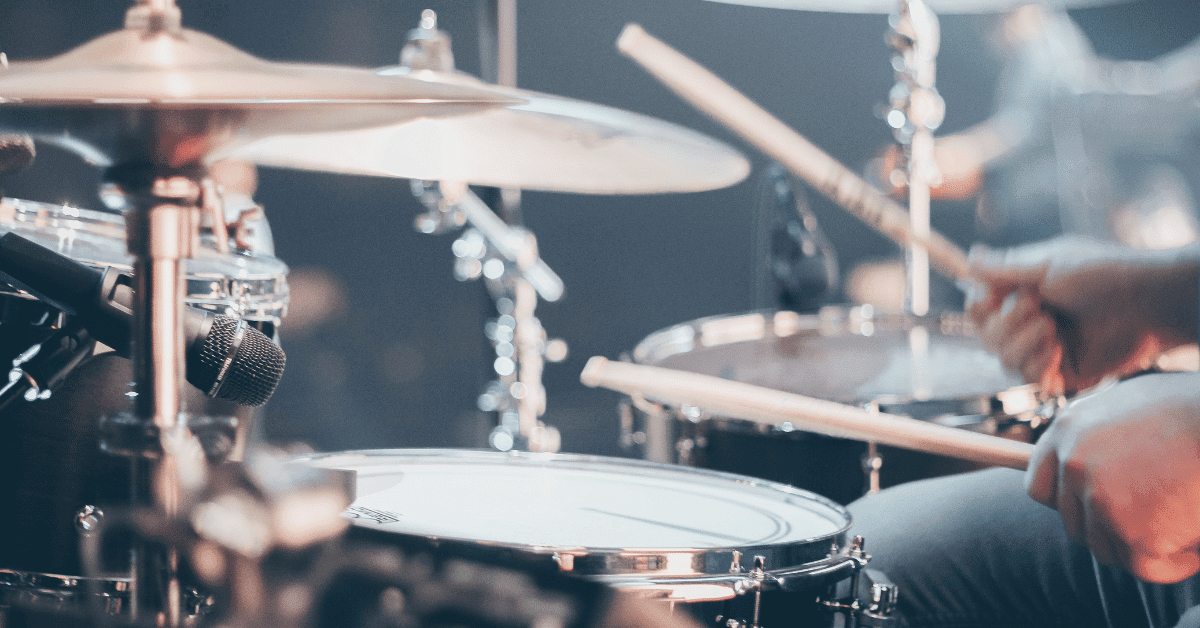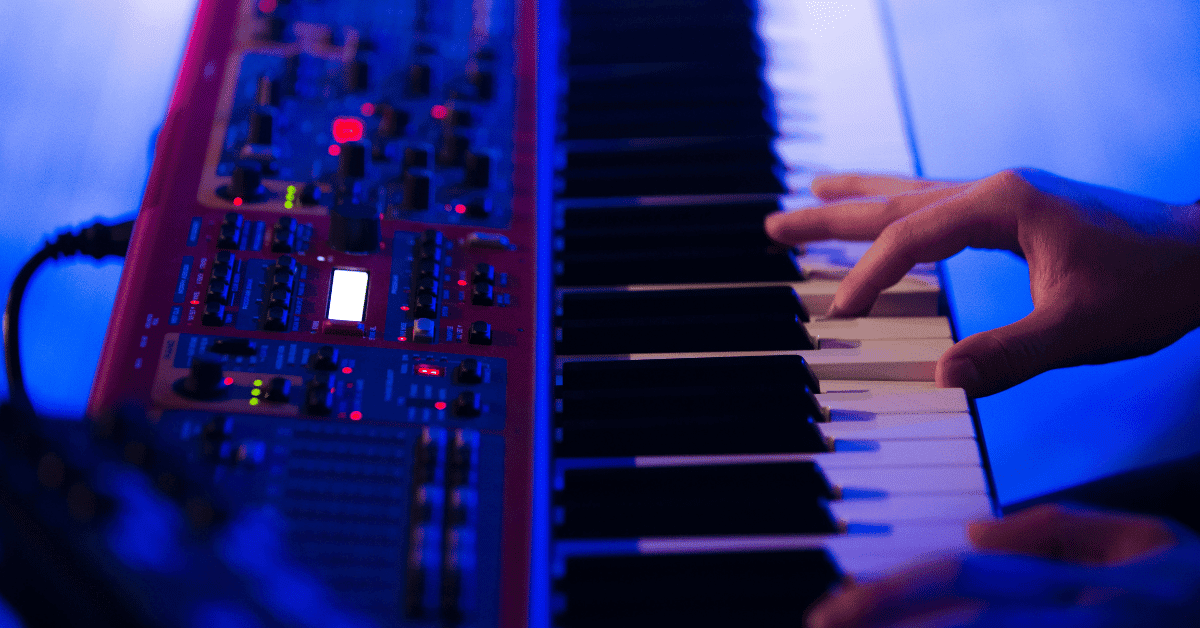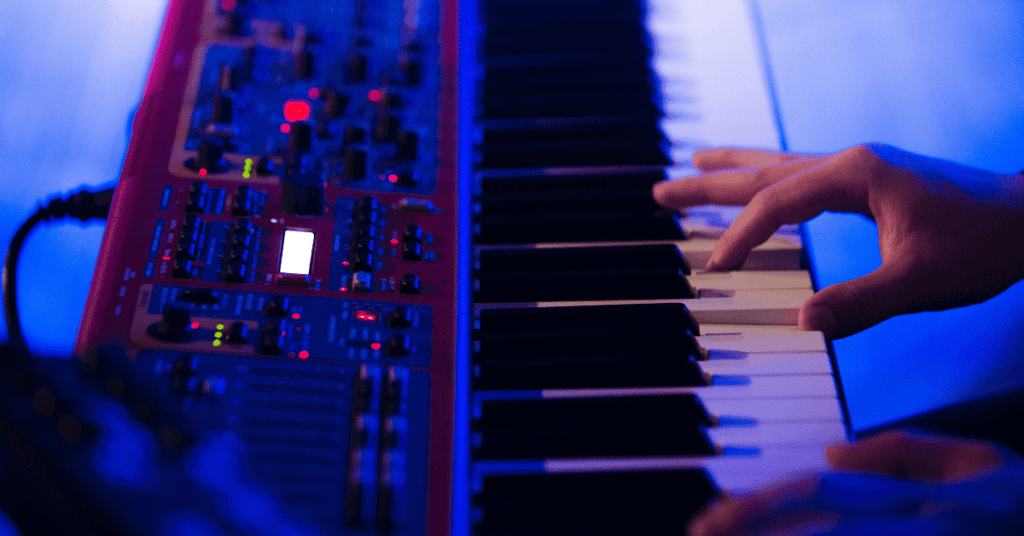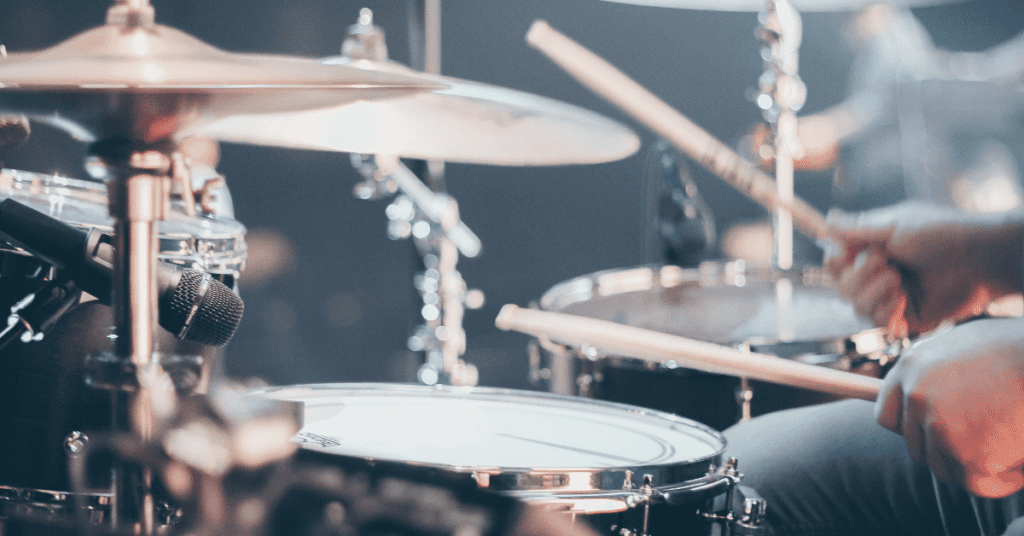“Tone is subjective and gear are simply creative tools.” -Jordan Holt
One of the most common misconceptions in music that tone can be purchased. Sure, there are basic principles for developing pleasing sounds and making solid purchases, but I would like to suggest that there are no hard rules about what works for your style of playing.
Most of the questions I get are related to gear, which I want to say is completely fine, but my response tends to be the same. “Just try as many things as you can and find what you like.”
Let me take a few minutes to elaborate on why that is by debunking the 3 most common tone myths.
Myth #1 Gear Can be Categorized as “Good” and “Bad”
Whether a piece of gear sounds good or bad is mostly dependent on the player and how they choose to use the tool. You can place the most expensive gear in the world in a mediocre player’s hands and it will not sound much different than if they had average gear. Likewise, you can put “mediocre” gear in a great player’s hands and they will still sound great.
I think most people would be surprised to see how many hit records have been made with “cheap” or even “crappy” gear.
There is no right or wrong. If it sounds good it sounds good. Even today, I recorded guitars direct into my interface with no amp modeling plugins and I was able to produce some of my favorite guitar tones I have made in a long time because it was inspiring to me and sounded right for the song.
Instagram paints a pretty comical picture of how easily swept up we can get with justifying a product’s ability to do what we want simply by who is using it. Picture after picture are posted of pedalboard build outs copying 80-100% of professional musicians’ boards because they believe it will help them get a sound good.
It’s not that much different than buying a pair of Jordan’s, a NBA official ball and Gatorade and thinking you will be able to dunk!
I am convinced everyone will be a little bit happier if they tried out 10 overdrives and simply just bought the one they liked with the rest of their rig, even if it only cost $80.
Along these same lines is the myth that boutique gear is better than non-boutique gear. I have personally found that many times the opposite is true.
When a company is small, the quality can be amazing (if they have been around for a bit, hired the right people, and developed the right processes) or it can suffer because they have not been able to put the time and money into figuring out what works best and what is reliable.
A company like Boss is solid because they have been around forever and have a proven track record. Good social marketing makes us feel like we are getting a good product because we are seeing it trend. I never want to fully steer people away from boutique products, as I use and love some of them, but rather I want to encourage guitarists to let experience drive their purchase habits.
Myth #2 Copying Specific Settings Will Get You the Sound You Are After
I get asked a lot about delay settings. Honestly, most pedals are designed to just sound good with controls set to noon, especially Strymon. However…I like to use the Digital mode, while others prefer the Tape mode…the repeat level and filter are different on those two modes.
If I told you where I set my typical settings, it will most likely be different than what works for a similar sound on your rig. I have set delay levels differently depending on the style of amp I am playing in. What I am getting at here is that gear varies and settings come down to personal taste.
The way a certain element of your gear sounds (such as a pedal) is dependent on the other elements in the signal chain.
For instance, if you tend to set your amp darker, you may set your drives brighter than others…OR…if you leave an overdrive on all of the time, you may use less compression or none at all. The way someone sounds and sets their settings is a giant accumulation of countless factors.
Each guitarist you can talk to in the touring world will tell you they do things differently.
For instance, not too long ago I was hanging with one of the more respected guitarists in the industry and we got talking about how we both usually have a humbucker guitar as well as a Strat on the road.
We found that we have complete opposite approaches in dialing in our amps! I set my amp to be smooth for my brighter Strat and then brighten up the EQ on my compressor when switching to my Gibson. He sets his amps to sound balanced with his humbucker guitars then rolls the tone of the Strat to match the brightness of the other guitar.
I have my reasons and he has his, but I will attest to the fact that he sounds amazing live. Again, no right or wrong.
The more time you spend with gear, you will naturally be more educated on what you like and don’t like. Believe me when I say a well trained ear is infinitely more valuable than a Klon.
The great thing about churches is that you are usually surrounded by other musicians who will have gear you don’t have. Get together and try their gear out with your amp and see what responds well.
Another little fun fact that I didn’t know for awhile . . .
identical pieces of gear can sound different. Vintage amps have parts within them that have degraded over time and changed their sound. Also, the same part value within a pedal can fluctuate from one pedal to the next because of a certain amount of allowed leniency in quality control in the manufacturing.
For instance, I have owned two Timmy’s and a/b’d them side by side and had to set the EQ controls significantly different in order to get them to sound the same! I have played a good amount of AC30’s and seem to always set the settings different because they are all unique, even if they are the SAME EXACT MODEL. In the end, settings can be insightful, but not reliable.
Myth #3 The More Pedals You Have the Better You Will Sound
As much as I personally love having a lot of options to inspire me, I also admire the philosophy that simpler is better.
I feel that the age of social media that we live in produces a false perspective that professionals sound amazing because they have gigantic boards with fancy midi controllers and multi-effects.
I will humbly admit that I am using all 16 of my power outputs at the moment on my board (more on that in another blog coming soon), but I have also just built a fly board that has a tuner, overdrive, delay and reverb on it because many times I do not need all of the fluff.
I remember seeing a video ages ago of Nigel sounding incredible with a similar setup. I was inspired, but at the time it was hard for me to ever think about going that route because honestly, I probably hid behind my gear more than I should have. The less you have, the more you focus on parts and playing.
A good challenge is to look at your board and ask yourself: “Is there is any one thing that would be a struggle to take away, but I could also do without?”
A bit ago I realized this was my volume pedal. I had so many break over the years and just wanted to be done with them. And to be totally honest with you, I recognized that it was a place of safety for me because of how easy it made swelling and avoiding playing more creative parts.
It was more limiting the worship atmosphere than it was enhancing. Taking it off my board not only saved me some headache by avoiding problems, but it also inspired me to play new parts and discover new sounds.
For a lot of my life, I have loved trying new gear because it is honestly exciting to find something new that inspires me to play better. It’s fun! And I think there is a level of excellence that we can put into our gear purchase decisions that honors God.
There is nothing inherently wrong with enjoying the pursuit of good tone. I feel like I do it every day. I have just been playing long enough to be humbled many times in realizing that there are a lot of things we think will get us closer in that pursuit. But in reality, it doesn’t matter as much in the grand scheme of things. My hope is that this post will inspire some of you to possibly go find that $40 Dyna Comp they got on Craigslist and look at it with new love, or learn how to setup their basic Strat and make it play the best it can. There is good tone to be had in the simplest of things.
What have you done to improve your tone? What has worked and what hasn’t worked? Tell us about your gear, and your experiences in the comments below!
You may also be interested in these posts as well:
- Why Practical Guitar: 7 Lessons I Wish I Knew Sooner
- How to Become a Better Musician
- 11 Golden Rules For Worship Guitarists
- Video 1: How Exactly Did He Make That Sound?!






